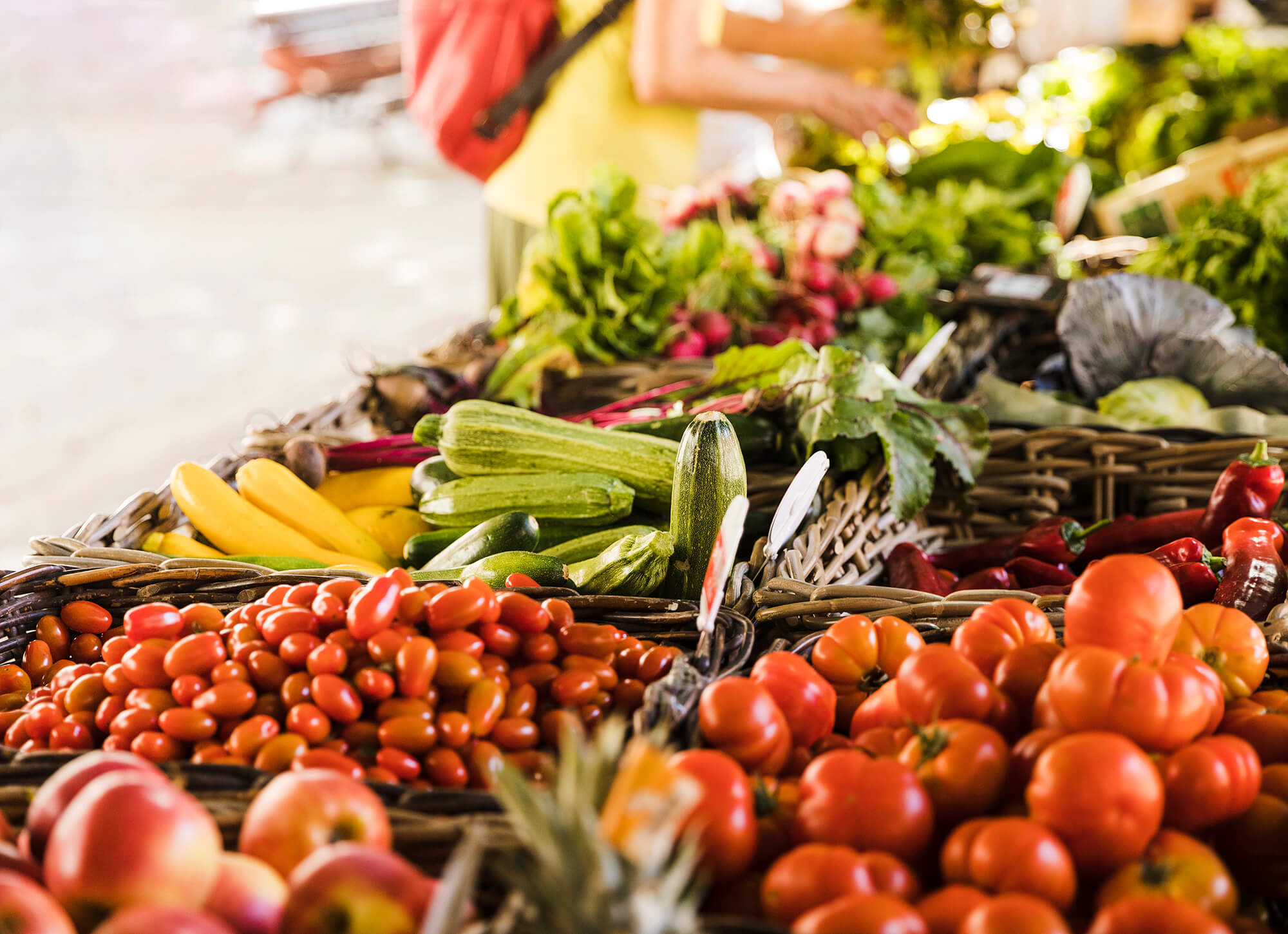In recent years, the demand for exotic vegetables has surged worldwide. From avocados and kale to zucchini and bok choy, these vegetables are no longer limited to niche markets but are becoming staples in households across the globe. So, what’s driving this trend? Here are the top five reasons behind the growing popularity of exotic vegetables.
1. Health and Wellness Consciousness
The global focus on health and wellness has significantly influenced dietary habits. Exotic vegetables are rich in essential nutrients, antioxidants, and dietary fibers, making them a favorite among health-conscious consumers. Vegetables like kale, arugula, and asparagus are often associated with health benefits such as improving digestion, boosting immunity, and preventing chronic diseases. As people seek to lead healthier lifestyles, exotic vegetables are becoming a key component of balanced diets.
2. Culinary Exploration and Globalization
The rise of globalization has exposed people to diverse cuisines and cooking styles. Exotic vegetables are essential ingredients in many international dishes, from Thai curries to Mediterranean salads. Food enthusiasts and home chefs are increasingly experimenting with recipes that require these unique vegetables, driving their demand. Additionally, social media platforms and food blogs have played a crucial role in inspiring culinary exploration by showcasing creative dishes featuring exotic produce.
3. Rise of Plant-Based and Vegan Diets
The growing popularity of plant-based and vegan diets has increased the demand for a wider variety of vegetables. Exotic vegetables provide exciting options for creating innovative, nutritious, and flavorful plant-based meals. From jackfruit as a meat substitute to zucchini noodles as a low-carb pasta alternative, these vegetables cater to the needs of vegans and vegetarians while appealing to flexitarians looking to reduce meat consumption.
4. Increased Availability and Accessibility
Advancements in agriculture and logistics have made exotic vegetables more accessible than ever. Improved farming practices, such as hydroponics and vertical farming, allow for year-round cultivation of exotic varieties. Efficient cold chain systems and e-commerce platforms ensure that these vegetables reach consumers in urban and rural areas alike. Supermarkets and specialty stores now stock a wide range of exotic vegetables, making them a convenient choice for consumers.
5. Premium Appeal and Social Status
Exotic vegetables are often perceived as premium products, symbolizing a sophisticated and modern lifestyle. Using vegetables like artichokes, fennel, or shiitake mushrooms in meals can elevate their appeal and presentation. For many, incorporating exotic vegetables into daily cooking is not just about nutrition but also about embracing a cosmopolitan and health-forward identity. This aspirational factor has contributed to their rising popularity, particularly among younger, urban demographics.


